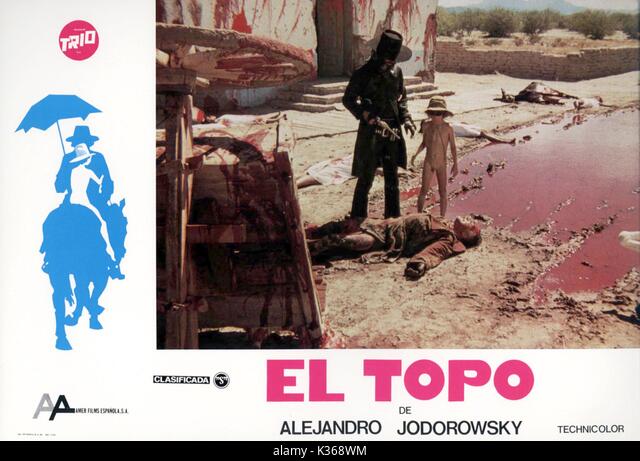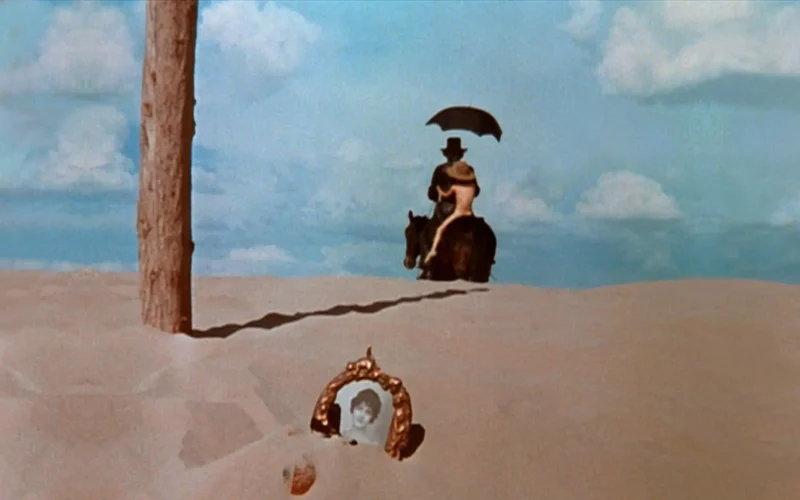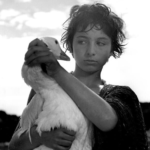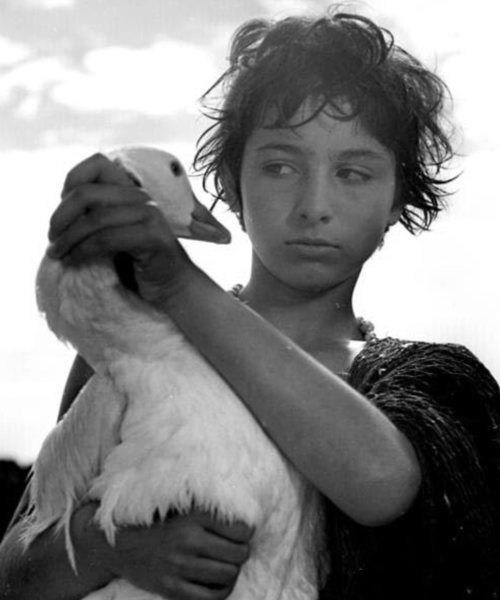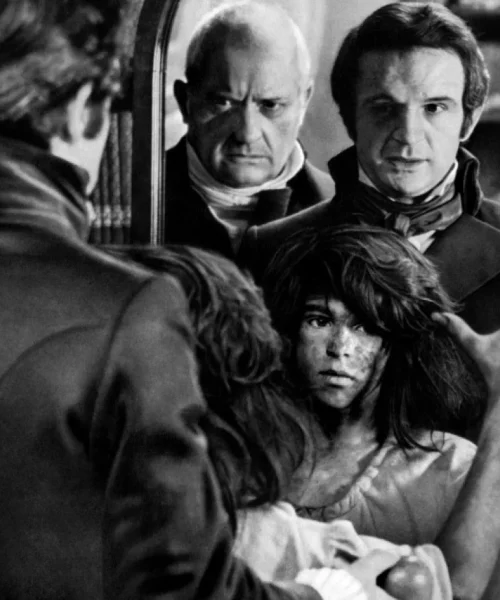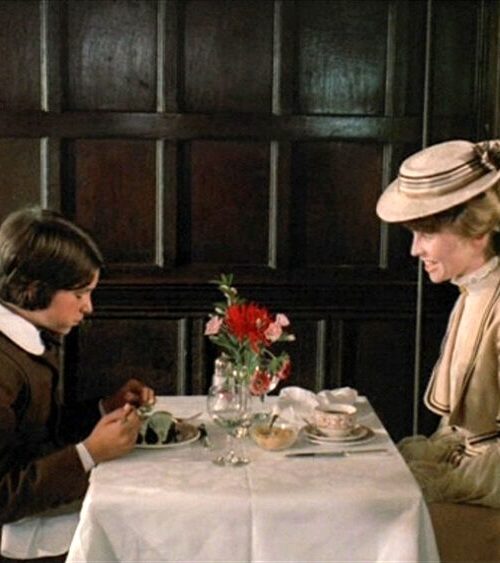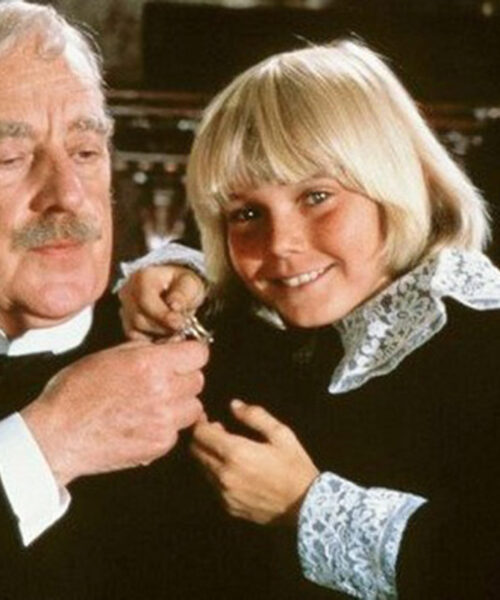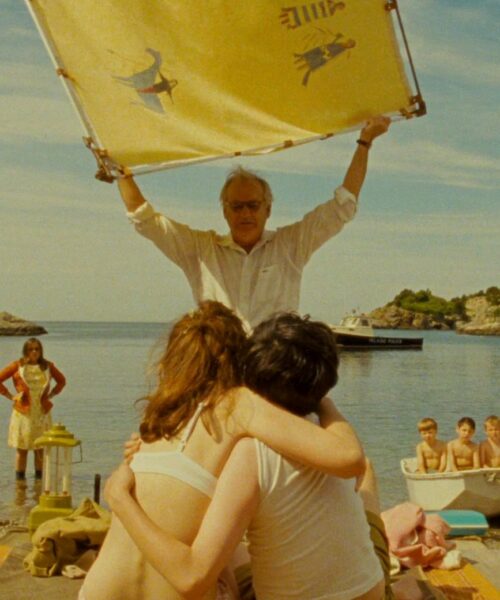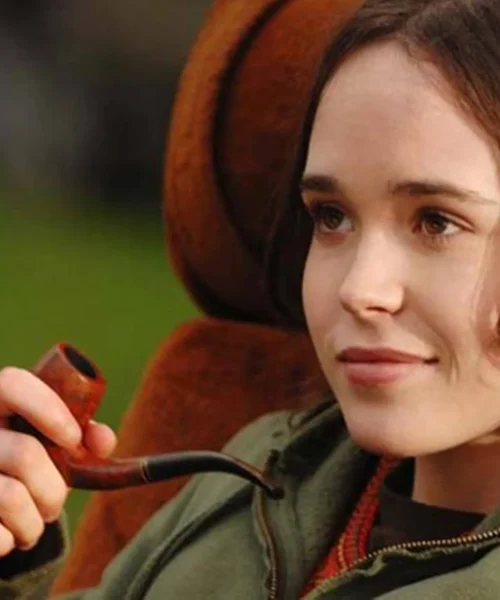In the cinematic landscape of the 20th century, few works have gone as far as “El Topo” in blending deep symbolism, allegorical narration, and raw visual representation. This visionary Western by Alejandro Jodorowsky, which originated the “Midnight Movies” genre, remains an unparalleled cinematic experience that continues to baffle, provoke, and fascinate audiences more than fifty years after its initial release.
From the moment the film unfolds on the figure of El Topo riding through the desert beside his naked son, it becomes instantly clear that this is not a traditional Western. The entire movie is rife with symbolic images, many of which are rooted in religious and philosophical traditions, from Christianity to Buddhism. Each of the four masters that El Topo confronts represents not just a physical obstacle, but also a spiritual challenge, a riddle that extends beyond mere defeat in a duel.
But it is in the aesthetics of the film where Jodorowsky truly excels. “El Topo” does not hold back in its rawness. Scenes of graphic violence, exploitation, and suffering are often presented as theatrically as they are realistically. These sequences, while disturbing, are never gratuitous: they represent the brutality of the human condition, the path of pain and redemption through which one must pass to find true enlightenment.
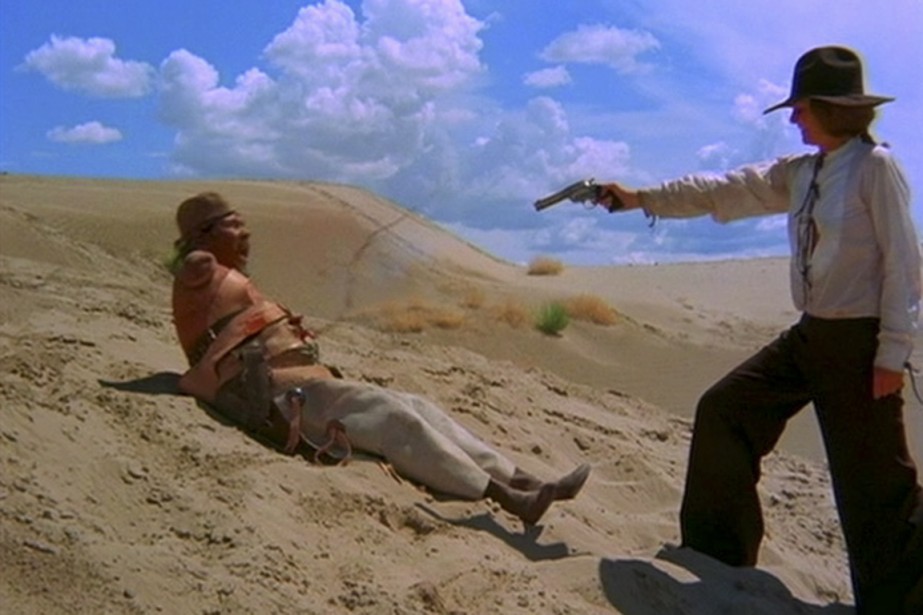
And then there’s the matter of genre. Although “El Topo” might be classified as a Western, Jodorowsky disassembles and reassembles the genre in ways that would be unthinkable for a traditional director. Here, guns and cowboy hats coexist with Buddhist monks and heavy references to Tarot. The frontier is not just a physical space but an inner landscape to explore.
In “El Topo,” Jodorowsky embarks on a journey through the darkness of the soul, exploring universal themes of love, betrayal, rebirth, and redemption. It’s not a film for everyone: its strangeness and provocations may alienate some, but for those willing to immerse themselves in this world, “El Topo” offers an invaluable reward.
It’s a testament to Jodorowsky’s talent that, despite its eccentricities and unconventional approach to storytelling, “El Topo” has become a cult classic. It is a film that challenges conventions and invites reflection, a work that, in its absurdity and beauty, captures an essential aspect of human experience.
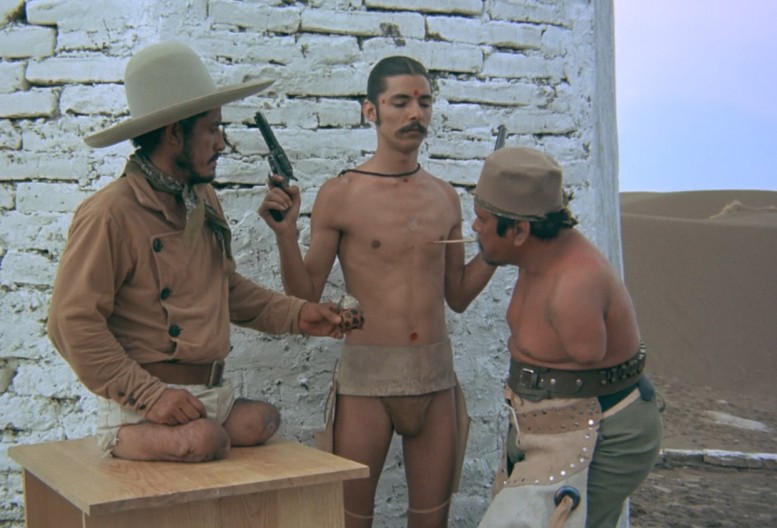
The film “El Topo” by Alejandro Jodorowsky, although considered a masterpiece of experimental cinema, is not without controversy. One of the harshest criticisms leveled at the director concerns his choice to have his son, Brontis Jodorowsky, at the age of 7, appear completely nude in the film’s opening scenes. In an era when the use and portrayal of minors in cinema were less regulated than today, this choice raised more than a few eyebrows and sparked debates about the ethics and morality of such a decision.
On the other hand, Jodorowsky has always maintained that his son’s nudity in the film carried strong symbolic significance. It was not a mere provocation or a ploy to generate scandal, but a targeted artistic and conceptual decision.
In the context of the film, nudity represents innocence, purity, and the vulnerability of the human being. The character of El Topo’s son is devoid of artifice, not yet corrupted by the outside world. His nudity starkly contrasts with the arid and violent environment of the desert, a symbol of a cruel and hostile world. This contrast amplifies the sense of danger and precariousness that pervades the entire film while simultaneously highlighting lost innocence and the need for protection.
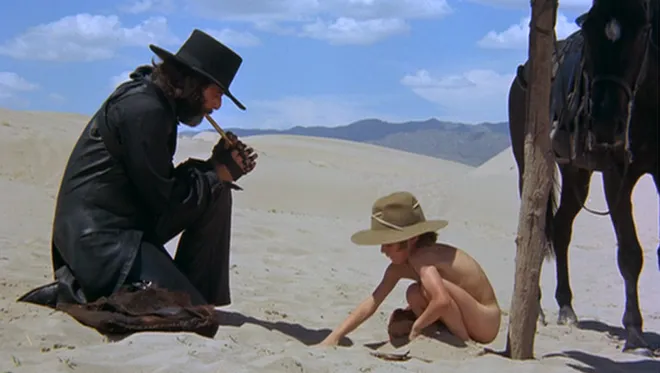
In his journey through the desert’s imaginary landscape, Jodorowsky introduces a community of individuals marginalized due to their deformities or disabilities. This choice is not random: they symbolize the fragility and vulnerability of the human condition, but at the same time, they are also emblematic of diversity and social exclusion.
In a world often driven by aesthetics and conformity, these characters embody otherness, difference, and the rejection of social norms. In “El Topo,” their presence isn’t merely visual; they serve as an important commentary on the nature of society, on acceptance, and marginalization. Their inclusion in the film is not just mere provocation but aims to challenge the viewer, forcing them to confront their own fears, prejudices, and misunderstandings.
However, this choice has also raised ethical questions. Many have argued that Jodorowsky exploited these individuals for their “different” appearance, using them as mere visual attractions to heighten the film’s shock value. One could argue that even if the intent was artistic and symbolic, the use of actors with deformities or disabilities in such a charged context might contribute to perpetuating stereotypes and prejudices.
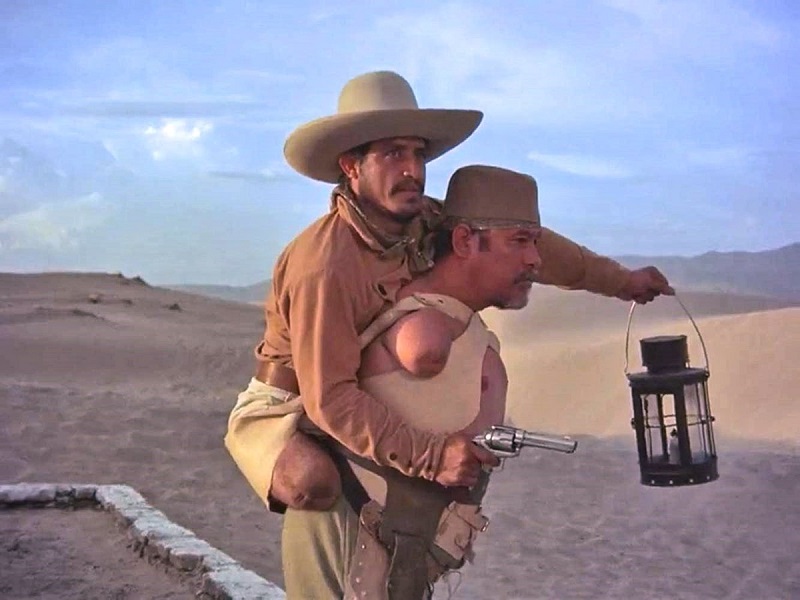
On the other hand, there are those who argue that by including these actors in his film, Jodorowsky has given them a platform and a voice, bringing to light the difficulties and challenges they face in real life. In this sense, “El Topo” can be viewed as a film that celebrates human diversity and resilience rather than exploiting it.
Therefore, the use of actors with deformities or disabilities in “El Topo” is a bold and provocative choice that continues to generate debate. Like many of Jodorowsky’s decisions, its interpretation largely depends on the viewer’s perspective. However, what is indisputable is the film’s enduring impact and resonance in the global cinematic landscape.
Jodorowsky, with his unique approach to filmmaking, has sought to break taboos and challenge conventions. However, the decision to include his son’s nudity in the film remains one of his most discussed and controversial choices. While some see it as an act of artistic courage and deeply symbolic representation, others consider it a step too bold, if not outright inappropriate.
In the end, “El Topo” is a film that defies expectations and invites reflection on multiple levels. The nudity of young Brontis Jodorowsky is just one of the many provocative and symbolic elements present in the film, and its interpretation varies depending on the individual sensitivities of the viewer.
